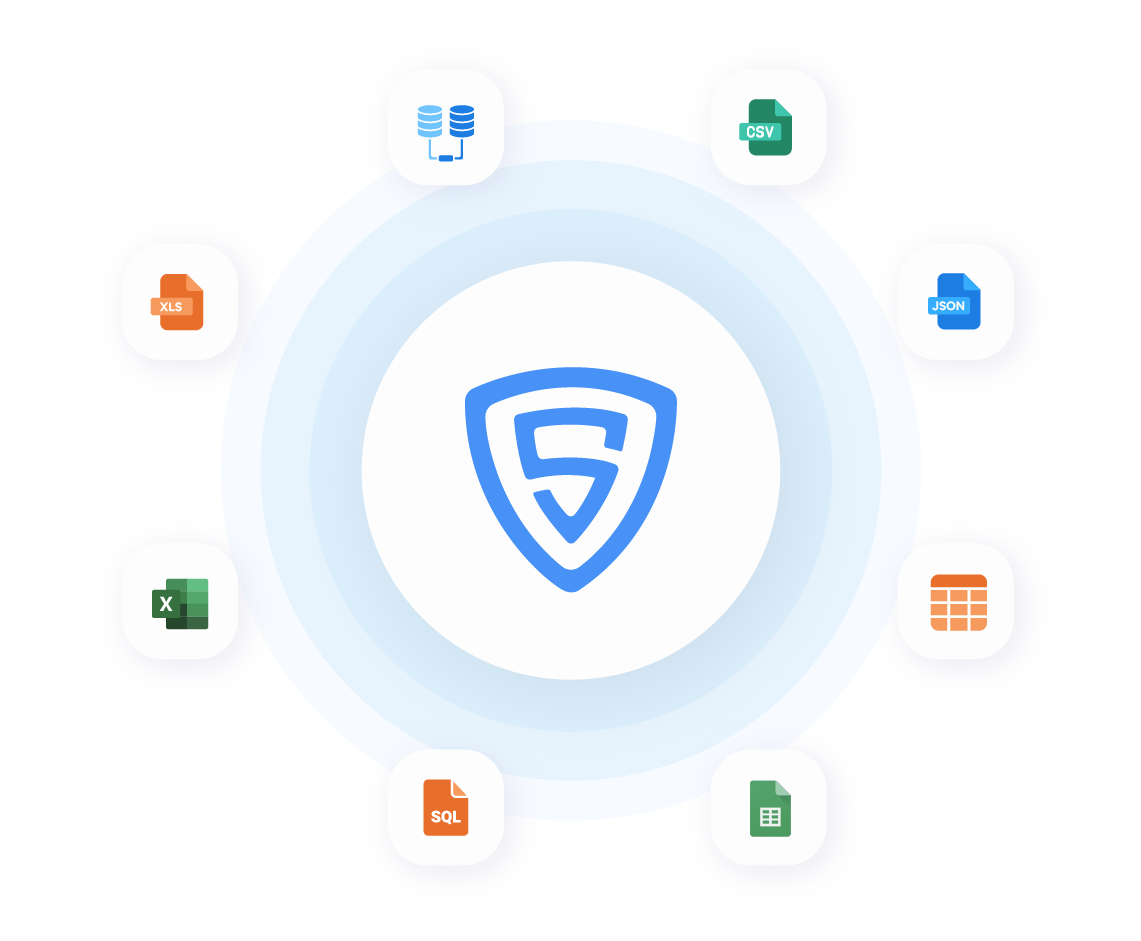In today’s data-driven world, information is more valuable than ever. Whether you’re conducting market research, tracking competitor prices, or gathering data for a research project, the ability to collect and analyze data from the web can significantly enhance your capabilities. Data scraping, also known as web scraping, has emerged as one of the most efficient ways to achieve this.
What is Data Scraping?
Data scraping refers to the process of automatically extracting data from websites and other online sources. This technique involves using specialized tools and programming techniques to harvest information from the web in a structured form, making it easy to store, analyze, and utilize.
Unlike traditional data collection methods that require manual effort, data scraping allows you to collect large amounts of data with speed and accuracy. The data extracted can include anything from text and images to links, tables, and even product prices.
How Does Data Scraping Work?
Data scraping typically involves the following steps:
- Requesting the Web Page: A scraper first sends a request to the website’s server to retrieve the webpage. This is done by making an HTTP request.
- Parsing the Content: After receiving the web page, the scraper analyzes the HTML code of the page. This step identifies the data to be extracted and determines the structure of the content.
- Extracting the Data: The scraper extracts the relevant data, such as product information, contact details, or prices, and stores it in a usable format (e.g., CSV, JSON).
- Storing the Data: Once the data is collected, it’s stored in a database or a file format for further analysis or reporting.
Why is Data Scraping Useful?
Data scraping offers a variety of benefits, including:
- Time Efficiency: By automating the data collection process, you save countless hours of manual labor. Scraping tools can extract large volumes of data in a fraction of the time it would take a human to gather the same information manually.
- Cost-Effective: Instead of employing teams to manually collect data, scraping allows businesses to gather the necessary information at a much lower cost.
- Up-to-Date Information: Data scraping can be used to monitor dynamic content that changes frequently, such as stock prices, weather updates, or social media trends, ensuring that you have access to the latest data.
- Scalability: Data scraping tools can be configured to scale up, making it easy to collect massive datasets from multiple websites at once.
Applications of Data Scraping
Data scraping has a wide range of applications across different industries. Here are some examples:
- Market Research: Scraping competitor websites to gather pricing data, product offerings, and customer reviews helps businesses analyze market trends and adjust strategies accordingly.
- Real-Time Monitoring: Businesses can track competitor prices, flight ticket prices, or product stock levels in real-time to make informed decisions.
- Academic Research: Researchers use data scraping to gather large datasets from scholarly articles, websites, and databases for analysis in their studies.
- Job Listings and Recruitments: Job aggregators use scraping to gather job postings from different websites and centralize them in one location.
- E-commerce: Scraping product details from e-commerce websites helps businesses optimize their inventory, marketing strategies, and sales forecasts.
Ethical and Legal Considerations
While data scraping is a powerful tool, it’s important to consider the ethical and legal implications. Many websites have terms of service that prohibit scraping. Additionally, scraping can put undue load on a website’s servers, leading to performance issues. Some websites use anti-scraping technologies, such as CAPTCHAs or rate-limiting mechanisms, to prevent automated data collection.
To avoid potential legal issues, always:
- Respect a website’s
robots.txtfile, which outlines which pages can or cannot be scraped. - Ensure that your scraping activities do not violate copyright laws or infringe on intellectual property.
- Be mindful of privacy concerns, particularly when scraping personal data.
Tools and Technologies for Data Scraping
There are numerous tools and libraries available for data scraping. Some of the most popular ones include:
- BeautifulSoup (Python): A Python library used to scrape data from web pages by parsing HTML or XML documents.
- Selenium: A tool primarily used for automating web browsers, but it’s also effective for scraping data from JavaScript-heavy websites.
- Scrapy: A powerful web scraping framework used for building large-scale scraping operations.
- Octoparse: A user-friendly, no-code web scraping tool that allows users to extract data visually.
Data scraping is an invaluable tool for businesses, researchers, and developers, providing easy access to vast amounts of data from the web. However, it’s crucial to use this tool responsibly and ethically, ensuring compliance with legal standards and respecting the rights of website owners.
By harnessing the power of data scraping, organizations can gain a competitive edge, optimize their operations, and make data-driven decisions that lead to success.

